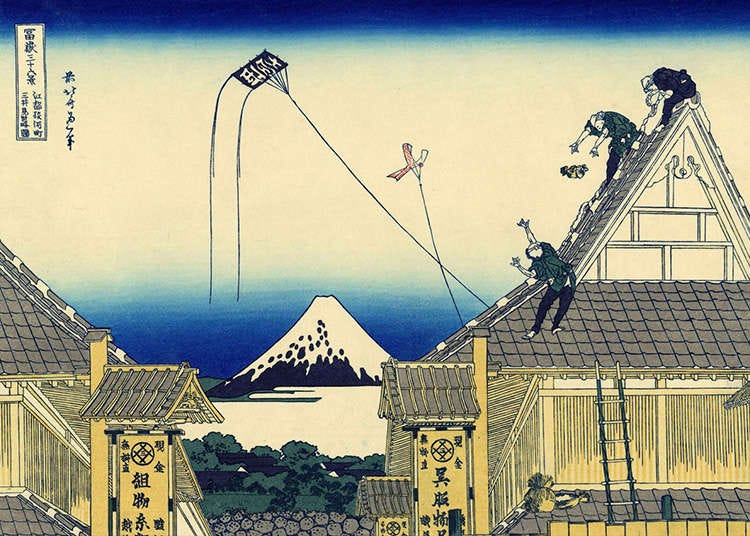
Ukiyo-e, the famous genre of Japanese woodblock printing that translates to the beautiful name of “pictures of the floating world” in English, has captured the admiration of people all over the world, with its bold compositions and vivid colors. Let us take a closer look at the famous Japanese art style that even influenced the grand masters of impressionism in the West.
What is Ukiyo-e?
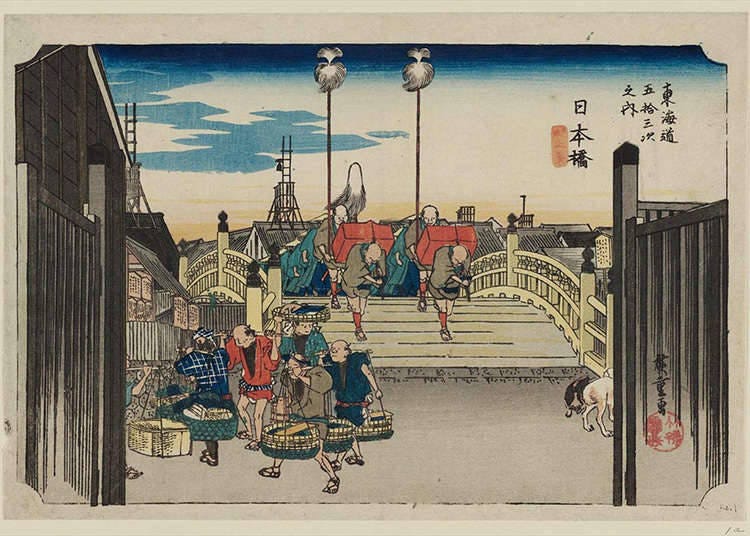
Ukiyo (浮き世) both means world and life, ever-moving, ever-changing. Having evolved around the 18th century, the art style ukiyo-e gets its name primarily from the things it seeks to portray. Like in many other civilizations, art in Japan had mostly been a thing of the upper class, nobles and scholars. Ukiyo-e, however, sought to portray the regular life of Japan’s common people – fleeting and beautiful in its regularity. As such, ukiyo-e can be called the Edo period’s own pop culture. With the rapid advancements in printing technologies, prints of popular theater actors and female models could be mass produced and thus, were easily accessible to the common people. Even book illustrators caught on to the trend and started producing their own ukiyo-e.
The Different Types
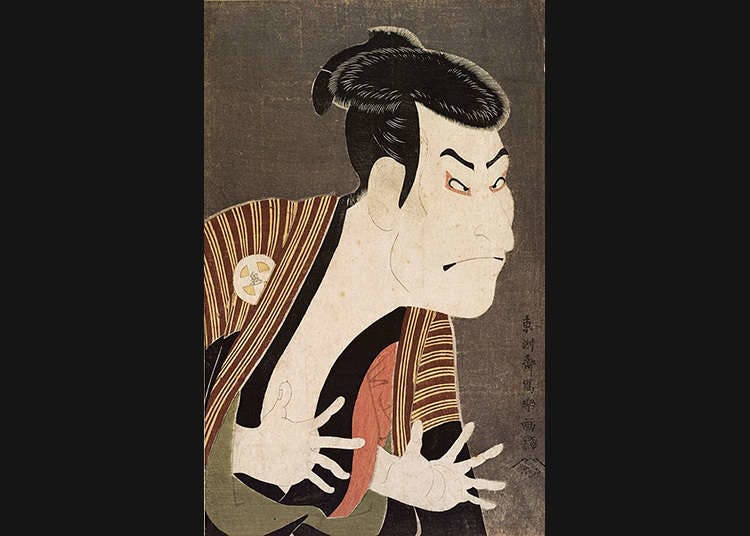
Targeted towards commoners rather than the upper class, ukiyo-e didn’t only connect to the Japanese commoners by focusing on their own lives, but also by focusing on the stars of the era – prints of popular kabuki actors and actresses were immensely popular, acting as a historic versions of the posters of popstars that we know today. So-called bijin-ga, a sub-genre of ukiyo-e that primarily portrays beautiful women, were particularly sought after and many people visited all sorts of establishments to see the beauties printed on paper live in action.
Turning Towards Landscapes
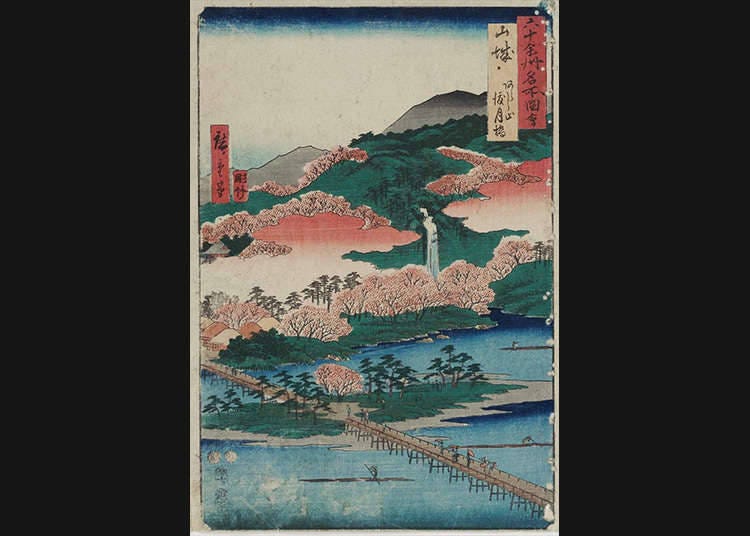
With economic advances of Japan’s middle-class, the general subject of ukiyo-e, people could also afford to travel. Further fueled by two of the most famous masters of the art, Hokusai and Hiroshige, landscapes started to become a popular motif for the woodblock prints as well. Depicting beautiful natural sceneries and famous buildings, these prints were often sold as postcard souvenirs. The most sought-after sceneries were, of course, the cityscape of Edo and Mount Fuji.
Ukiyo-e, Traditional Trendsetting
As briefly mentioned above, the most popular ukiyo-e masters of their time were Katsushika Hokusai, Utagawa Hiroshige, Kitagawa Utamaro, and Toshusai Sharaku. They might as well be called the PR managers of the places and people that they depicted, as their works had a massive influence on the public opinion. A good example is make-up trends: in the Edo period, the ones who set the trends concerning fashion and makeup were oiran, the high-class courtesans of the upper class and nobility. Their looks were caught on ukiyo-e prints, distributed to the public, and picked up by common women.
The Boldness of Ukiyo-e
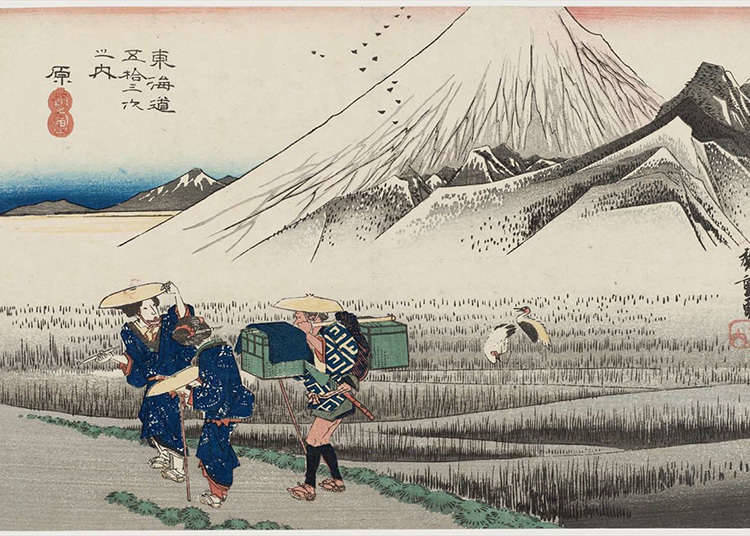
After the Renaissance, the Western world had been largely focusing on realism. When Japan opened its borders once more at the end of the Edo period, many a Western artist was surprised by the simplistic beauty and non-perspective of ukiyo-e. The roots of this style lies in its purpose; designed for mass production, ukiyo-e’s main focus is to catch the subject as best as possible in the simplest way. Vivid colors and bold compositions were used to achieve this very result.
Admiring the Art Today
While ukiyo-e is one of Japan’s most distinctive art styles, it wasn’t until big collections of different pieces traveled abroad for the genre to get the recognition it deserves. Today, impressive collections of beautiful ukiyo-e prints and drawings can be admired at various museums in Japan as well as abroad. Let’s take a look at some in Tokyo.
The Ukiyo-e Ota Memorial Museum of Art
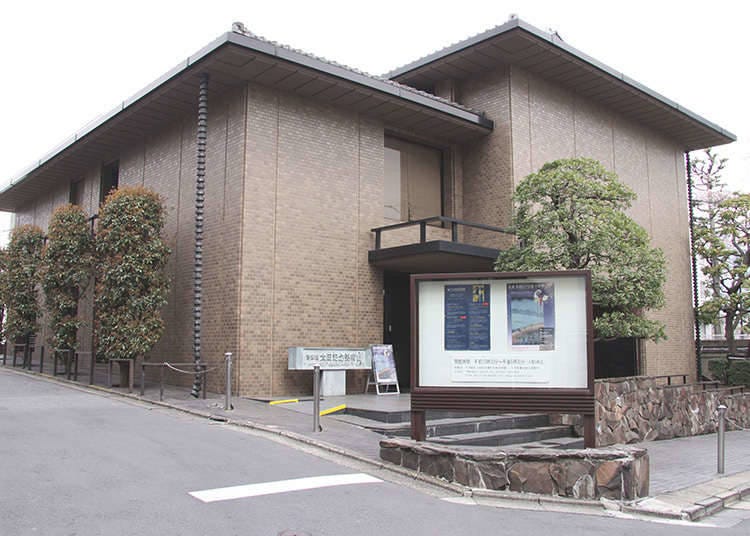
This art museum boasts a massive ukiyo-e collection of about 14,000 works, covering the entire history of the art genre, from the humble beginnings to its decline at the end of the 19th century. The exhibited images change on a monthly basis, turning every visit into an entirely new experience.
-

-
Address
1-10-10, Jinguumae, Shibuya-ku, Tokyo, 150-0001
View Map -
Nearest Station
Meiji-Jingumae (Harajuku) Station (Tokyo Metro Chiyoda Line / Tokyo Metro Fukutoshin Line)
3 minutes on foot
- Phone Number 03-5777-8600
-
Address
1-10-10, Jinguumae, Shibuya-ku, Tokyo, 150-0001
The Tokyo National Museum
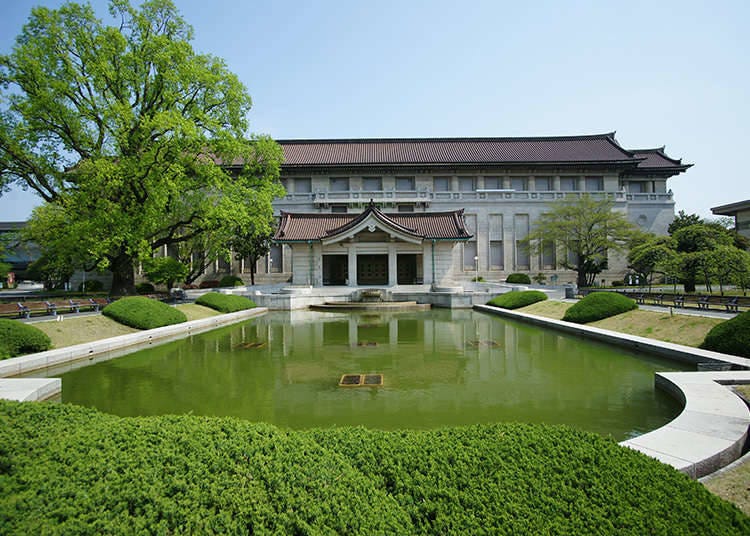
The Tokyo National Museum is both the largest and oldest museum in all of Japan, exhibiting fine art, paintings, and sculptures. The selection of national treasures on display, including many ukiyo-e pieces, changes every month. Grand masterpieces of woodblock printing are showcased in a permanent exhibition, spanning a total of ten rooms that are sorted by seasons and themes. This permanent exhibition is a must for everyone who wants to experience the very essence of ukiyo-e.
The Tobacco & Salt Museum
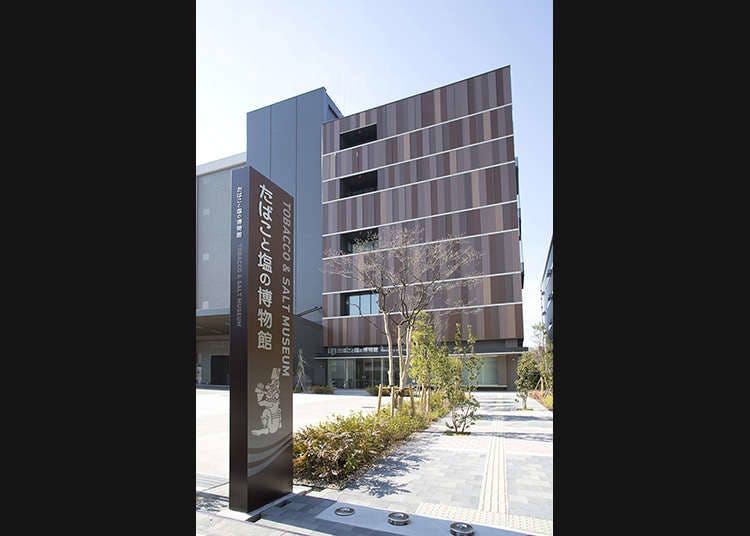
This unique museum focuses on global tobacco culture and the history of salt. Apart from that, large collections of ukiyo-e prints can also be admired. Among them are the Portraits of Today's Beauties of the Time: Hanaogi from the Ogiya, Yoshino Tatsuta by Kitagawa Utamaro. As the prints aren’t on permanent display, but rather showcased in special exhibitions, be sure to check the museum’s website before visiting.
-

-
Address
1-16-3, Yokokawa, Sumida-ku, Tokyo, 130-0003
View Map -
Nearest Station
Tokyo Skytree Station (Tobu Isesaki Line (Tobu Skytree Line))
8 minutes on foot
- Phone Number 03-3622-8801
-
Address
1-16-3, Yokokawa, Sumida-ku, Tokyo, 130-0003
Also Recommended:
-
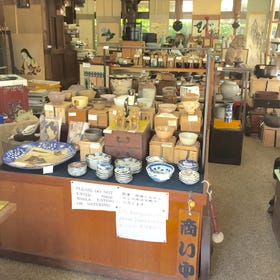 The Beniya Antique Shop株式会社紅家美術店
The Beniya Antique Shop株式会社紅家美術店-
Address
3-10-30 Hase, Kamakura City, Kanagawa Prefecture, 248-0016
-
Nearest Station
Hase Station (Enoshima Electric Railway Line)
1 minute on foot
- Phone Number 0467-22-0644
-
Address
3-10-30 Hase, Kamakura City, Kanagawa Prefecture, 248-0016
- Area
- Category
*Prices and options mentioned are subject to change.
*Unless stated otherwise, all prices include tax.
Popular Tours & Activitiess
Recommended places for you
-

Ueno Zoo (Ueno Zoological Gardens)
Zoos, Aquariums & Botanical Gardens
Ueno
-

Senso-ji Temple
Temples
Asakusa
-
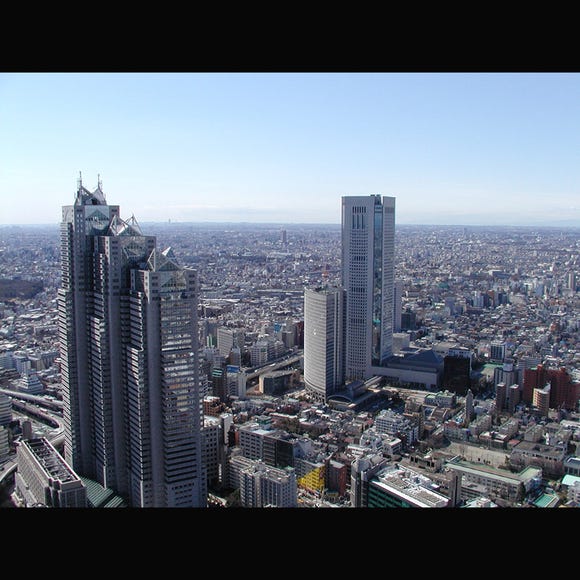
Tokyo Metropolitan Government
Landmarks
Shinjuku
-

Ameyoko Shopping Street
Old Towns (Shitamachi)
Ueno
-

Kappabashi Street
Old Towns (Shitamachi)
Asakusa
-

TOKYO SKYTREE®
Landmarks
Ryogoku / TOKYO SKYTREE(R)
-

2025 Japan Autumn Color Report: Northeastern Japan Nearing Peak
by: Timothy Sullivan
-

Black Friday 2025: These Are THE Japan Travel & Shopping Deals to Check Out
-

LaLaport TOKYO-BAY North Building Now Open: Shop, Dine & Enjoy Events at LaLa arena, Just 2 Stops from Disney
by: Wemmy Chau
-
Ad
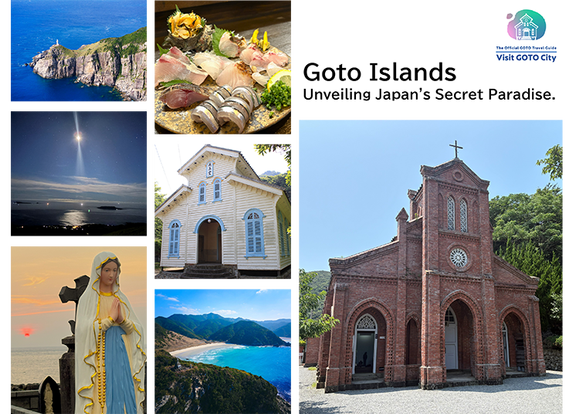
Walk in the Footsteps of Believers: A 4-Day Pilgrimage Across Goto Islands, Nagasaki Prefecture
by: Yohei Kato
-

Enjoy Japan's Gorgeous Winter Lights! Ride the Romancecar to Shonan no Hoseki Illumination
by: Guest Contributor
-

2025 Autumn Colors Report: Kurobe Gorge Nearing Peak
by: Timothy Sullivan
Inspiration for Accommodations
-
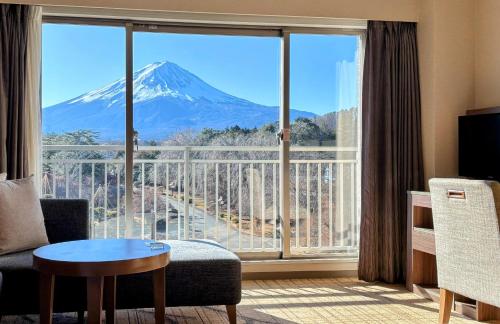
Enjoy Mt. Fuji from the Comfort of Your Room! Recommended Ryokan with Mt. Fuji View
-

Stay Near the Cherry Blossoms! Hotels for Cherry Blossom Viewing in Tokyo
-

Family-Friendly Hotels with Free Shuttle to Disneyland: Convenient Access for a Magical Stay
-
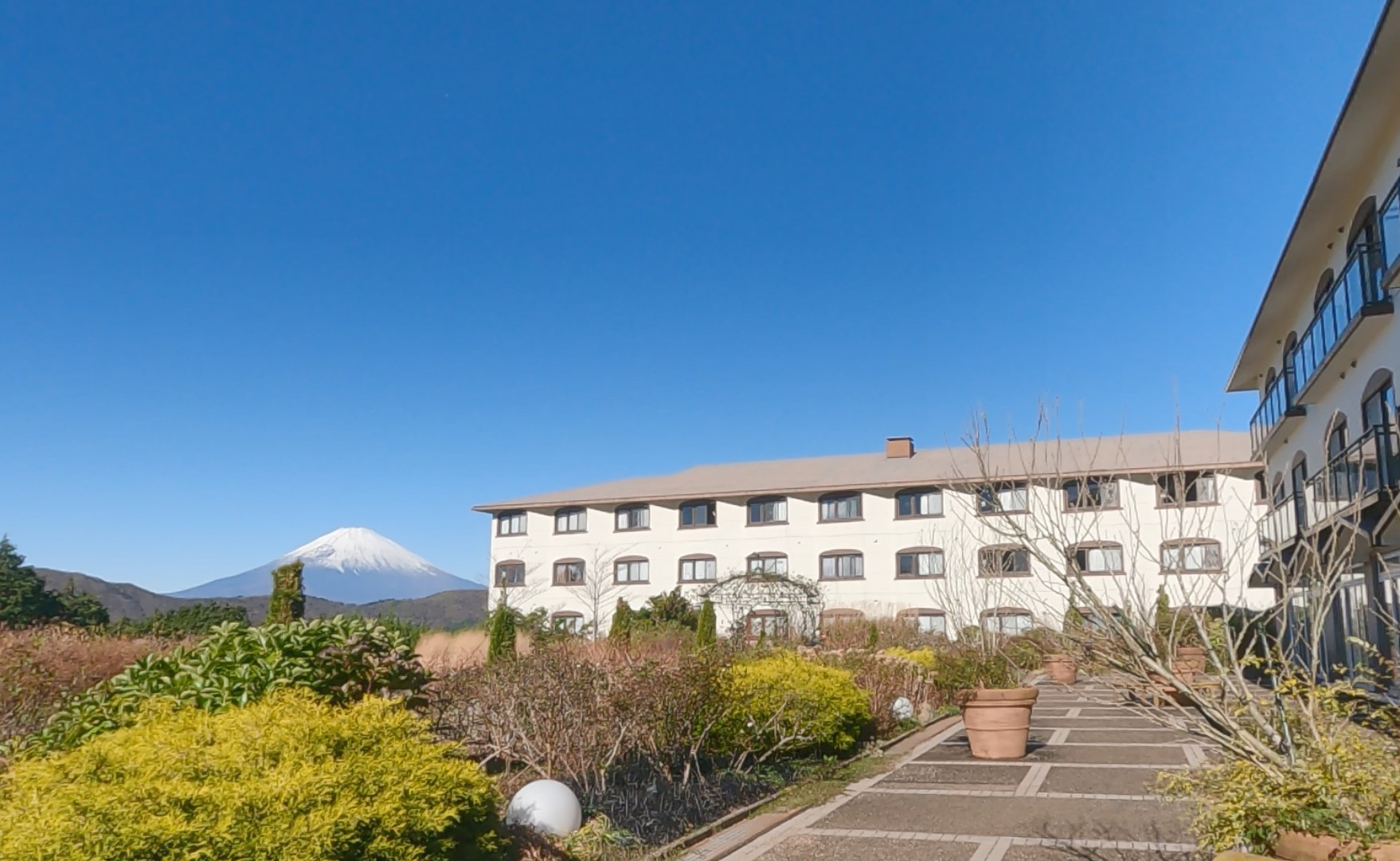
Top Ranked Hakone Hotels with Mt. Fuji View: Enjoy Stunning Scenery from Your Private Space
-
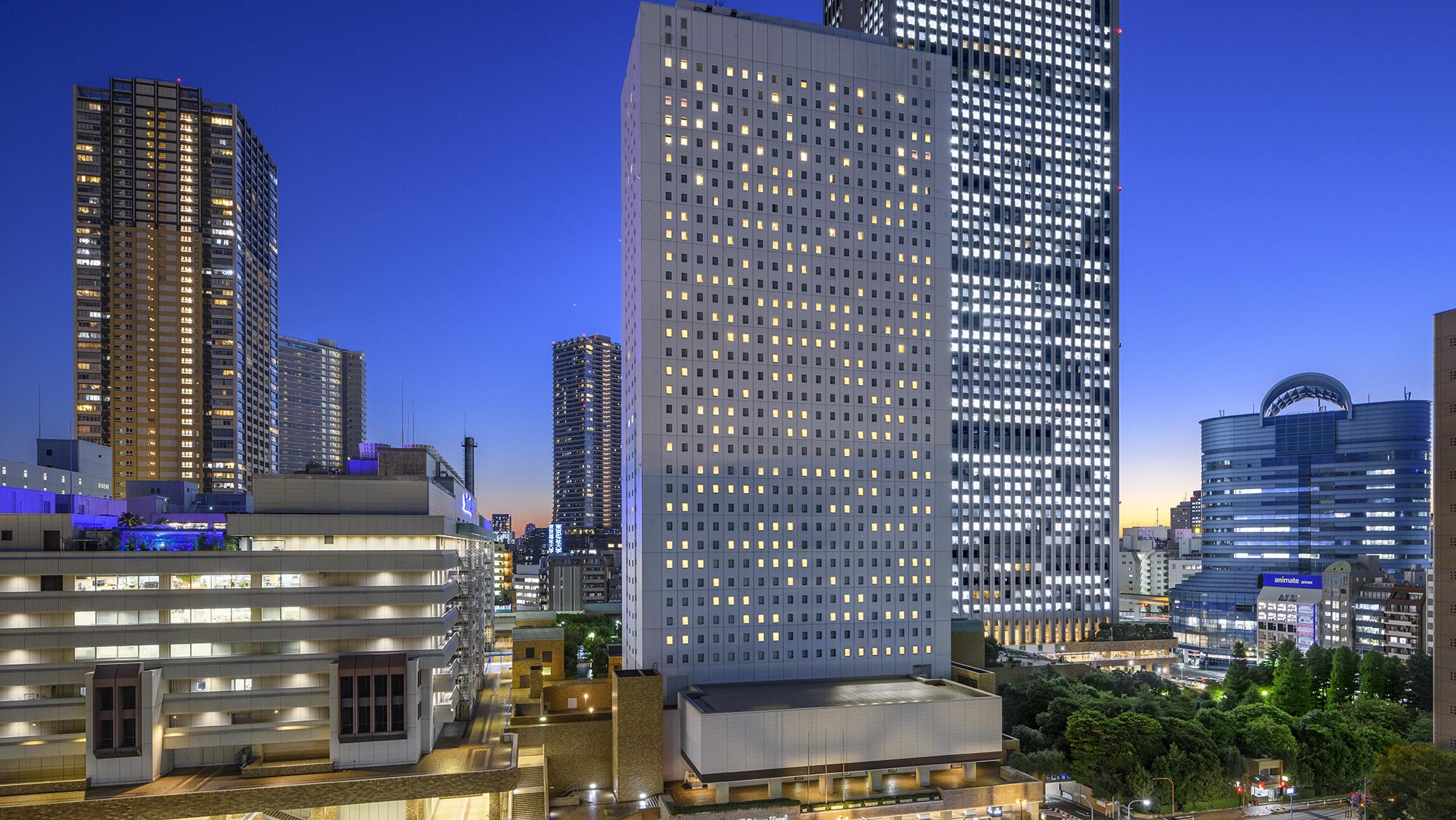
Convenient Tokyo Hotels with Airport Shuttle: Ideal for Families and Heavy Luggage
-

Stunning Tokyo Tower View Hotels: Enjoy Spectacular Scenery from Your Private Space
-

Convenient Asakusa Hotels with Kitchens: Ideal for Extended Family Visits
-

Experience Luxury: Hakone's 10 Best Five-Star Accommodations
-
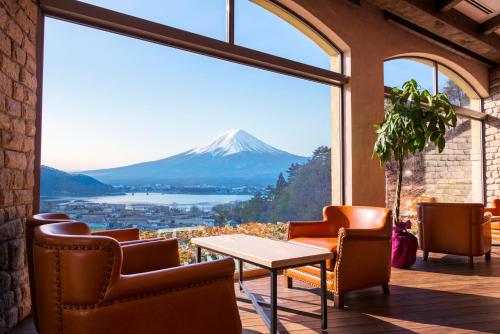
Enjoy Mt. Fuji Autumn Leaves! Top Hotels Near the Popular Autumn Leaves Corridor
-

Experience Hakone Fall Foliage from Your Room with Stunning Views
-

Exploring Tokyo Station: 11 Must-Visit Spots Around the Heart of Tokyo
-

JR Edition: Visit all of Tokyo in one Day with the Tokyo Metropolitan District Pass!
-

Secrets to Shopping in Japan: Guide to Annual Sales in Japan & Where to Shop
by: Miyu Shimada
-

Tokyo Train Map: Your Essential Guide to Subways and Railways
-

(Video) Walking Tour along Narita Omotesando - Quaint Historical Village near Narita Airport!
by: Victor Gonzalez
-

Guide to Tokyo's Old Quarter: 7 Quaint Spots in Yanesen!
- #best ramen tokyo
- #what to buy in ameyoko
- #what to bring to japan
- #new years in tokyo
- #best izakaya shinjuku
- #things to do tokyo
- #japanese nail trends
- #what to do in odaiba
- #onsen tattoo friendly tokyo
- #daiso
- #best sushi ginza
- #japanese convenience store snacks
- #best yakiniku shibuya
- #japanese fashion culture
- #best japanese soft drinks














